Little traditions and Great traditions is a conceptual approach that helps in the study of social change in India. It was first used by Robert Redfield in his book “Peasant Society and Culture” (1956) based on his study of villages in Mexico. Later on, Mckim Marriott and Milton Singer adopted this approach to study social changes in India.
Little tradition belongs to the peasants or folk society while Great traditions are of the elite or thinking class.
Traditions can be defined as the transmitted value and behaviour of any community that has been persisting over time. It is not static but evolved with time.
There is constant interaction between the two traditions which means they are not completely independent of each other. They have some kind of interaction.
The social structures of traditions are different. The social structure of Little Tradition consists of folk artists, storytellers, poets, dancers etc. The social structure of great tradition has ritual leaders, corporate groups, teachers, reciters and so on.
Civilization or structure of tradition grows in two stages- Orthogenetic and Heterogenetic. In the Indian context, we went from orthogenetic to heterogenetic. Orthogenetics is indigenous evolution. It is the primary level of cultural organization.
Milton Singer’s views on the cultural changes in India with respect to Little and Great traditions
He said that in India the change is from little to a great tradition. It happens in continuation with the little tradition. This means that the tradition that is rooted in our culture is still there even after the evolution of culture. We never lose our indigenous culture in the process of adopting great traditions. Both are going hand in hand.
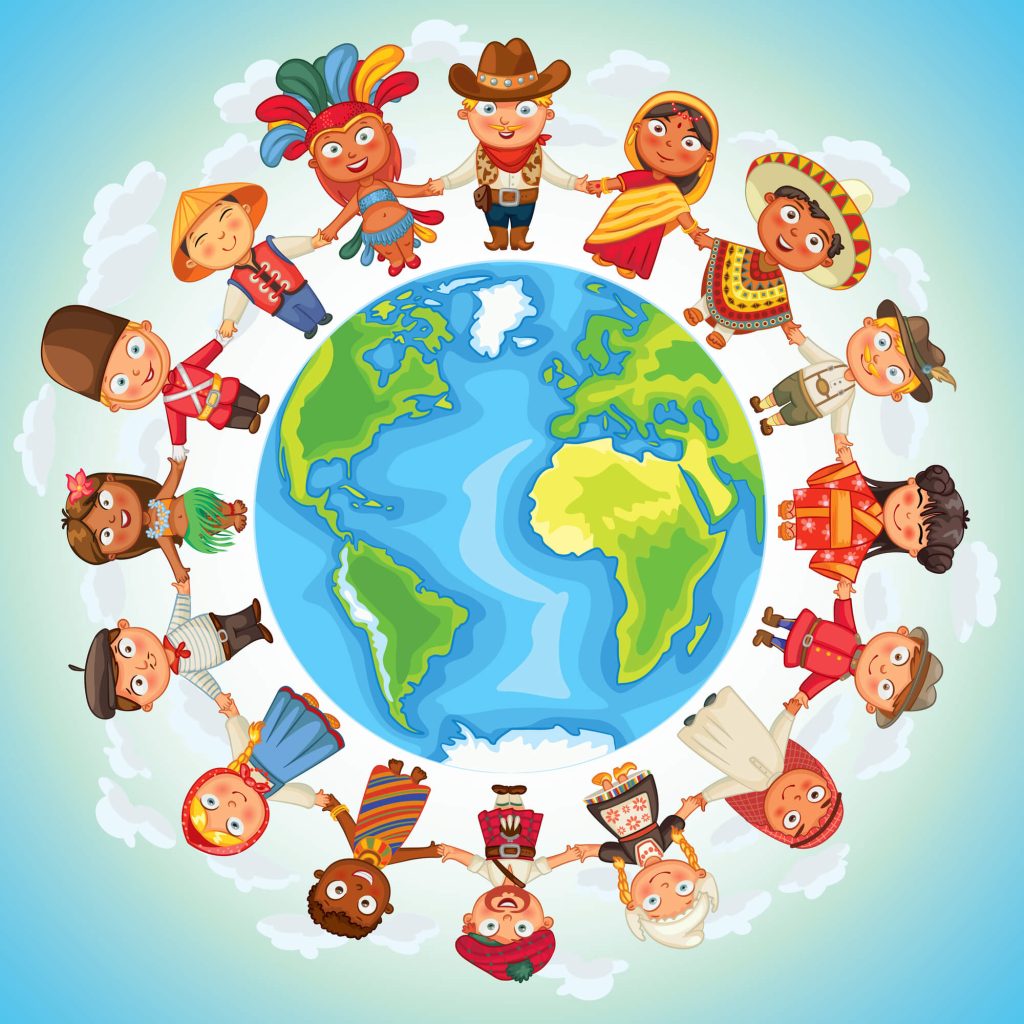
Some parts of our culture are imbibed in our bodies in such a way that we are still doing it unconsciously. Such parts of culture will always have a place in our hearts. We got to know about this culture through sacred literature, Brahmins, and other sources. This helps us understand and explore our culture.
This change from tradition to modern culture is due to cultural continuity. We can say that our traditions have become modern but because of cultural continuity, we have not totally given up the indigenous traditions.
He also said that both traditions are interacting and independent in the case of India. We accepted modern traditions but we did not give up our traditional values.
Views of Mckim Marriott on Little and Great Tradition
Based on his study done on Kishangarh village, UP he said that both traditions are present together. Interaction is going on between both traditions.
There is an upward evolution from little tradition to great tradition and it is known as Universalization. Or we can say that when great tradition borrows the elements of little tradition then it is known as Universalization. For example- Lakshmi’s worship during the Diwali festival is the Universalization of Goddess Saurati and Raksha Bandhan is universalized from the Saluna festival.
But at the same time opposite is also happening i.e. downward devolution from great to little tradition and this is known as Parochialization. For example, now people are following Yoga, Ayurveda etc.
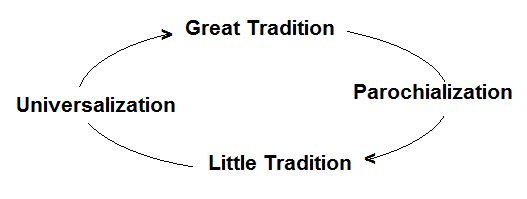
Conclusion
This approach helps us in the comparative study of culture. There is an interaction between the two which leads to fusion and interpenetration. This interaction is circular and continuous. There is a mutual existence of different types of traditions.
Reference:
Book- Indian Anthropology by Nadeem Hasnain
Read more:
- Lamarck’s Theory of Evolution
- Bipedalism and Structural Changes
- Natufian Culture
- Cache of ancient coins dating back 100,000 years unearthed in Japan
- James George Frazer


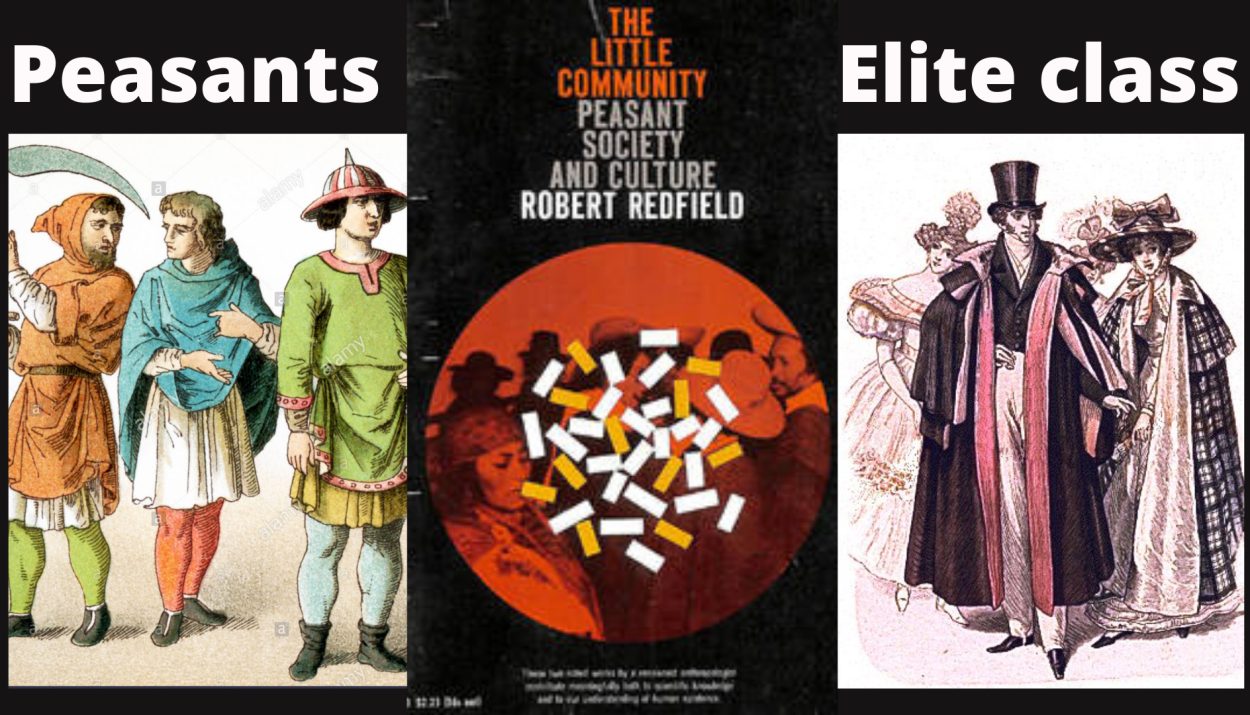


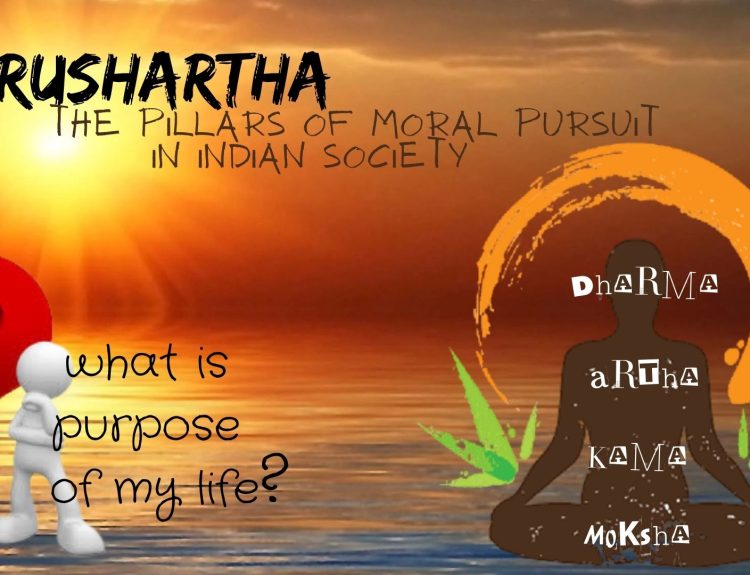
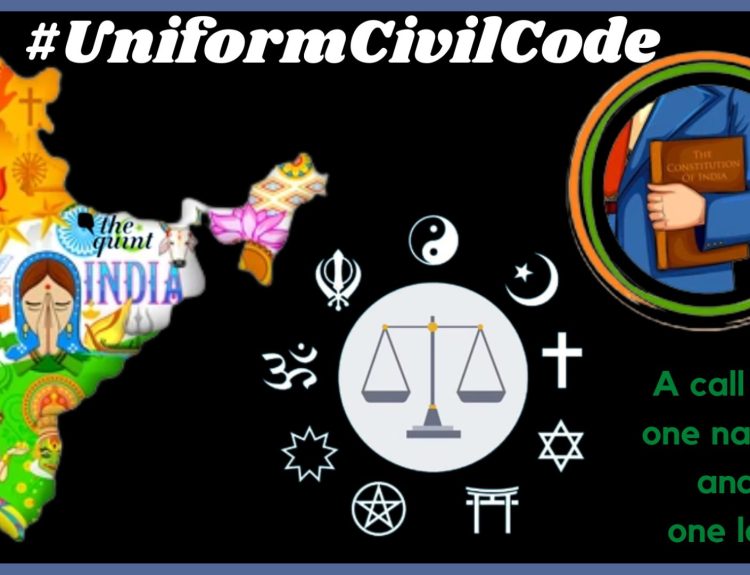
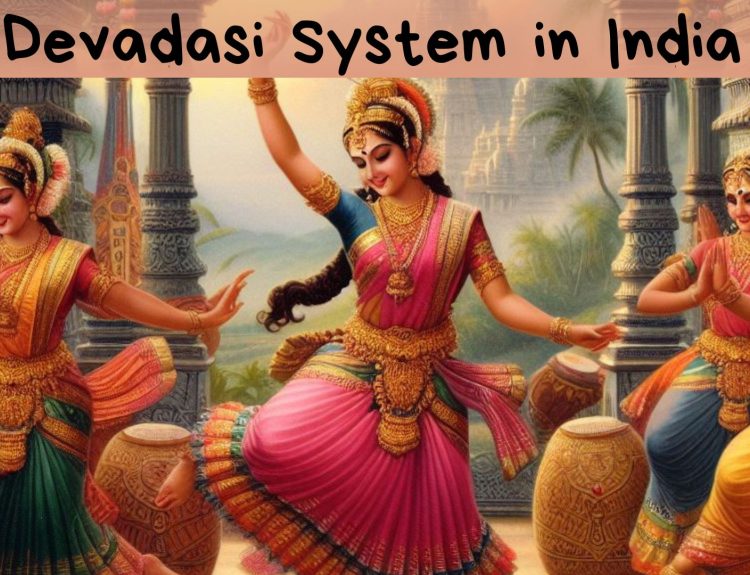
6 Comments
Tera
2 years agoIt’s amazing to go to see this web page and reading the views of all colleagues
about this post, while I am also zealous of getting knowledge.
K VINEETA
2 years agoIt means a lot to me. Thank you
Columbus
2 years agoFor most up-to-date news you have to go to see web and on web I found this site as a most excellent web page for latest
updates.
K VINEETA
2 years agoI am glad you liked my post.
Carmelo
2 years agoHurrah, that’s what I was searching for, what a information! present here at
this weblog, thanks admin of this web page.
K VINEETA
2 years agoThank you for your appreciation.